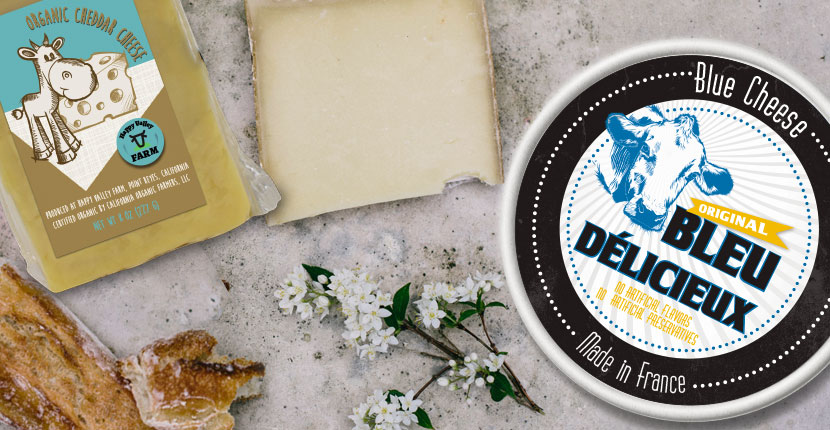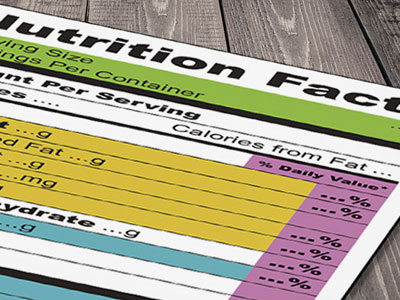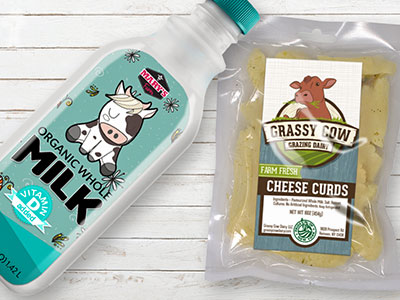Converting milk into cheese is a process that dates back to at least 5000 years ago. Cheese production is actually a food preservation process that allows milk to be preserved. Today, cheese is one of the major agricultural products worldwide. There are many types and varieties of cheese. Depending on the methods of production, different types of cheese have specific and unique flavors, textures, forms etc. This nutritious food product is a good source of calcium, protein, phosphorus and fat. Cheese has a longer shelf life than milk, so it can be stored within a longer period of time.
Cheese Labeling Regulations
Before selling their food product, cheese manufacturers have a responsibility to provide an appropriate label on the cheese packaging that accurately describes the product in accordance with legal regulations. The U.S. Food and Drug Administration (FDA) regulates the norms and standards for the labeling of all kinds of cheese products and enforces certain laws regarding public health. According to the FDA’s Code of Federal Regulations, Title 21, there are a few important elements the producers need to pay attention to when creating a cheese product label:
- Labels for food made from cheese must accurately describe the name of the product. If the cheese is pasteurized, blended, processed or contains vegetables, fruits or meat, according to labeling regulations each of these food items have to be noted on the label.
- Every word in the name of the product has to appear on the label with the same prominence. This means that the letters of the name have to be printed in the same size, style, color, and on the same background.
- In cases when optional ingredients need to be included on the label, they should also appear with the same prominence, and the word “contains” may precede the list of ingredients.
- If a producer decides to include a statement of fat and moisture content, the declaration should reflect the product’s true condition and not include terms such as “moisture-free” because that’s likely to be misleading.
Take a look at the following infographic for more information on how to store and label your cheese product.
Embed this infographic on your website:

Embed this infographic on your website:
Food Packaging Labels for Your Cheese Product
Cheese has been part of almost every country’s diet for a long time. Therefore, the cheese market is highly developed, and it is expanding every day. That’s why it is becoming increasingly difficult for cheesemakers to sell their product, regardless of its quality. To be able to reach customers, businesses need to invest a lot of effort in proper product labeling.
Different cheese products often require specific storage conditions. As a result, cheese producers need to be careful with the label type they choose for their product. At FoodPackagingLabels.net we offer numerous label options. Depending on your product’s packaging size, we can provide various label dimensions, forms and colors. Label stock is another important element to consider when designing a label. Our assortment of label stock includes different types of material, such as paper, PET film, PVC, vinyl and polypropylene. We also provide various label adhesive materials. Your choice of label adhesive will decide whether the sticker will remain adhered to the product substrate, or peel off, smudge and make your business seem unprofessional.
Beautifully designed and professionally printed labels for food will make it easy to communicate to your potential customers, and make your brand recognizable on the market.



